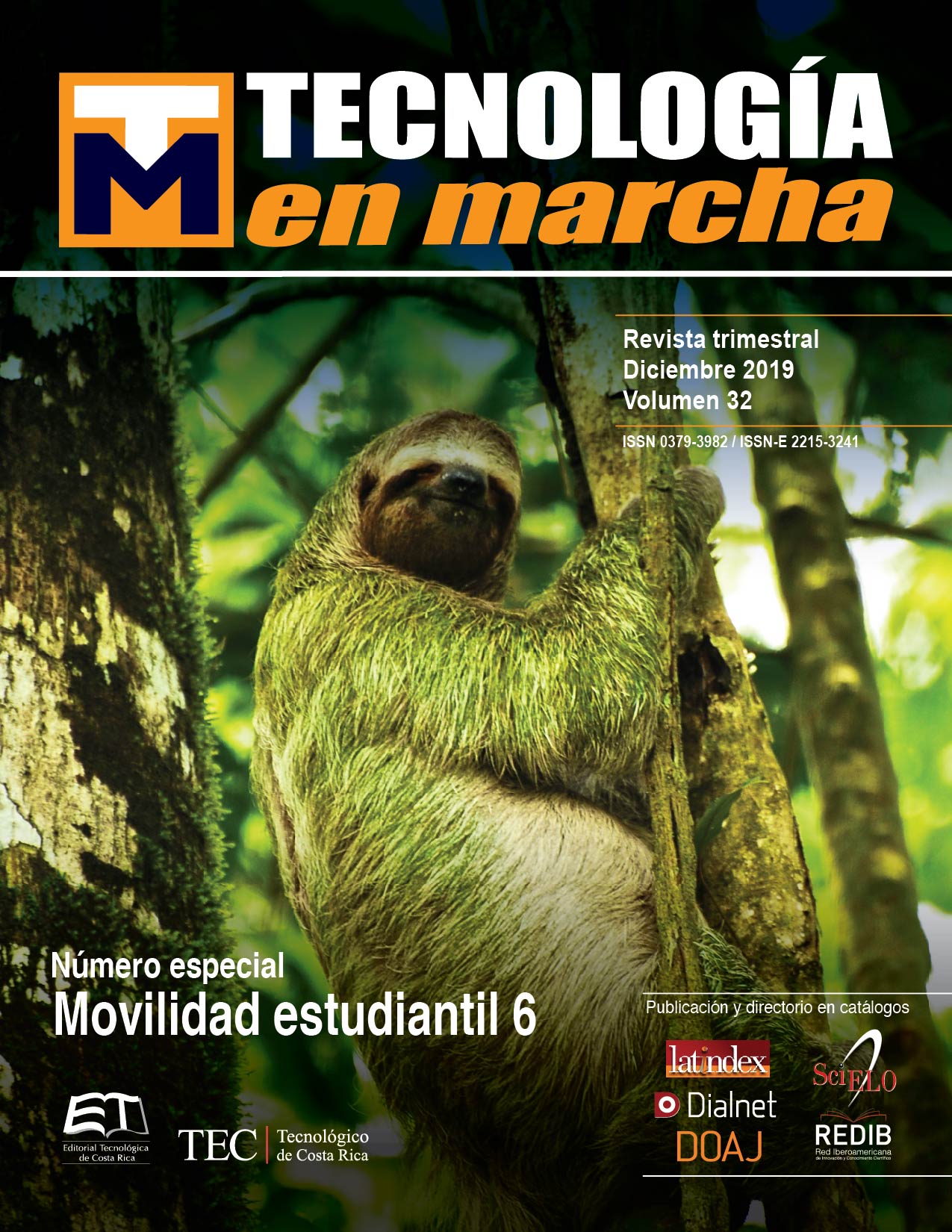Evaluation of feature extraction techniques for an Internet of Things Electroencephalogram
Main Article Content
Abstract
The emerging paradigm of Internet of Things (IoT) is revolutionizing our life with the introduction of new services and the improvement of existing applications. IoT is covering an ever- increasing number of applications in different domains including healthcare. One specific application in personal healthcare is the monitoring of the electrical activity in the brain using Electroencephalogram (EEG) with portable IoT devices. Due to portability and size constraints, most IoT devices are battery-powered which calls for an energy-efficient implementation in both hardware and software along with an efficient use of the often limited resources.
This work evaluates three different feature extraction techniques for an IoT EEG in terms of execution time, memory usage and power consumption. The techniques under study were explored and simulated leading to select FIR, Welch’s method and DWT as the ones to be evaluated. The techniques were implemented on a MSP432P401R LaunchPad platform, where an evaluation procedure was developed to assess the code performance. The implementations were validated against simulated references and also optimized for speed, code size and power consumption. The result of the performed evaluation provides a valuable comparison between the techniques which can help any designer in choosing the right technique based on design objectives and resource constraints.
Article Details
Los autores conservan los derechos de autor y ceden a la revista el derecho de la primera publicación y pueda editarlo, reproducirlo, distribuirlo, exhibirlo y comunicarlo en el país y en el extranjero mediante medios impresos y electrónicos. Asimismo, asumen el compromiso sobre cualquier litigio o reclamación relacionada con derechos de propiedad intelectual, exonerando de responsabilidad a la Editorial Tecnológica de Costa Rica. Además, se establece que los autores pueden realizar otros acuerdos contractuales independientes y adicionales para la distribución no exclusiva de la versión del artículo publicado en esta revista (p. ej., incluirlo en un repositorio institucional o publicarlo en un libro) siempre que indiquen claramente que el trabajo se publicó por primera vez en esta revista.

